The Evolution of Pitching Machines - Historical Development and Technological Advancements
Baseball, a sport rich in history and tradition, has always embraced innovation, especially in the realm of training. Among the most transformative developments in this journey is the evolution of the pitching machine. Born from a need for consistent and reliable pitching during practice, these machines have come a long way from their humble beginnings.
Tracing the evolution of pitching machines is like walking through a timeline of technological advancement, each step reflecting a leap in the sport's training methodologies. From rudimentary mechanical devices to sophisticated digital systems, the story of pitching machines is not just about machines themselves; it's about the relentless pursuit of excellence in baseball. This exploration into their history and advancements is a testament to how technology and sports have intertwined to push the boundaries of what athletes can achieve.
The Origins of Pitching Machines

The journey of the pitching machine began in the late 19th century, a brainchild of Charles Howard Hinton, a mathematics instructor at Princeton University. Hinton's pursuit to revolutionize baseball training led him to design the first prototype of a pitching machine in 1897. His initial creation, resembling a catapult, aimed to provide consistent and accurate pitches to the Princeton baseball team. However, this design fell short of expectations due to its inability to throw with the desired accuracy and consistency. Click here to learn more about who invented the first pitching machine.
Despite its shortcomings and risks, Hinton's invention laid the groundwork for future advancements. It was not until over half a century later, in 1952, that significant innovation resumed in this field. Baseball innovator Paul Giovagnoli introduced the arm-style pitching machine, known as the Iron Mikes, a design that has endured and evolved to become a staple in baseball training.
Mechanical Innovations

The Iron Mike pitching machines, emerging in the early 1950s, marked a transformative moment in the evolution of baseball training technology. Their unprecedented popularity stemmed from their reliability and the realistic pitching experience they provided. At one point, Iron Mike machines were a ubiquitous presence in batting cages across the nation, almost synonymous with the very concept of baseball practice. Their mechanical arm, a novel feature at the time, simulated a human pitcher's throw, making them a favorite among players of all skill levels.
The widespread adoption of Iron Mike machines in batting cages is a testament to their impact on the sport. They offered a level of durability and consistency that was unparalleled, making them an ideal choice for commercial batting cages. Players could expect a steady stream of pitches at various speeds, allowing them to refine their batting skills in a controlled environment. The sight of the mechanical arm swinging and releasing the ball became a familiar and iconic aspect of baseball training.

However, as technology advanced, the landscape of pitching machines began to shift. The advent of electric wheel pitching machines introduced a new era of sophistication in baseball training tools. These machines, equipped with advanced features such as adjustable speeds, variable pitch types, and greater accuracy, started to gain popularity. Their ability to offer a more diverse range of pitches, coupled with enhanced control and ease of use, made them more appealing to modern players and facilities.
This growing preference for electric wheel pitching machines set the stage for the next significant leap in the field – the electronic revolution. As we move into this era, we see a departure from purely mechanical systems to more complex, electronically controlled machines. This transition not only reflects technological progress but also a deeper understanding of the needs of baseball players striving to perfect their game.
The Electronic Revolution and Wheel Innovations

The electronic revolution in pitching machine technology marked a significant leap from the mechanical prowess of the Iron Mike machines. This era ushered in a fusion of electronics and wheel-based mechanisms, propelling the innovation of pitching machines to new heights. The integration of electronic components enabled a level of precision and versatility that was previously unattainable with purely mechanical systems.
Electronics brought about a profound change in how pitching machines operated and were controlled. With the addition of electronic speed controls and motorized wheels, these machines could now offer a wider range of pitches at varying speeds and styles. The ability to adjust and fine-tune the machine's settings allowed for a more tailored batting practice, catering to the specific needs and skill levels of different players.
The introduction of wheel technology was a game-changer in this evolution. Unlike the arm-style mechanism, wheel pitching machines used spinning wheels to propel the baseball, providing greater control over the pitch's velocity and trajectory. This technology enabled the machines to simulate different types of pitches, such as curveballs and sliders, more accurately and consistently.
This combination of electronic controls and wheel mechanisms created a new standard in baseball training equipment. Batting practices could now be more dynamic and adaptable, closely mirroring real-game scenarios. These wheel pitching machines are also able to simulate ground balls, pop ups, and line drives, adding a new dimension to baseball training. As a result, these advanced machines became a staple in professional training facilities, schools, and commercial batting cages, offering a more effective and efficient way to develop batting skills.
The Digital Age and Programmable Machines

Entering the digital age, pitching machines experienced a paradigm shift, driven by the integration of digital technology and programmability. This era saw the introduction of machines that could be programmed to deliver a diverse array of pitches, changing the face of baseball training. The digital control systems enabled precise adjustments in pitch speed, type, and sequence, offering a highly personalized training experience.
Programmable pitching machines brought a level of sophistication that was previously unimaginable. Coaches and players could now set up complex pitching sequences, simulating game-like scenarios more realistically than ever before. These machines could store multiple pitch types and sequences, allowing for varied and comprehensive batting sessions. This capability was particularly beneficial for advanced players looking to refine specific aspects of their batting against a wide range of pitches.
Nowadays, these machines can throw virtual any pitch, in any order, in a sequence. This can give batters the most realistic batting practice possible. Coaches will prep their players by having the machine emulate pitches that the rival pitcher will throw in their next game. Doesn't get much better than that! Click here to learn more about programmable pitching machines.
Future Trends and Innovations
As we look to the future, the potential for innovation in pitching machine technology is boundless. One of the most anticipated developments is the integration of artificial intelligence (AI). AI-driven machines could adapt to a batter’s skill level and tendencies, offering a fully customized training experience. This technology would enable machines to learn and evolve, continuously challenging and improving a player’s capabilities.
Virtual reality (VR) is another frontier poised to revolutionize baseball training. Pitching machines integrated with VR technology could provide an immersive training environment, where players can practice against virtual pitchers in simulated game conditions. This combination would not only enhance batting skills but also improve a player’s mental preparedness and decision-making under pressure.
We're not here to try to predict the future, but we are excited for it, as we are sure it will bring some new exciting developments. Check out this article for more about pitching machine technology and trends.
Concluding Thoughts
As we reflect on the journey from Charles Hinton's innovative but rudimentary pitching machine to the sophisticated, programmable devices of today, we witness a remarkable evolution in baseball training. This progression, fueled by relentless innovation and technological advancements, has not only changed the way players practice but has also redefined the possibilities within the sport.
In this ever-evolving landscape, one thing remains constant: the commitment to excellence in baseball. The future of pitching machines, intertwined with advances in technology, promises to continue this legacy, offering players at all levels the tools they need to achieve their best. As we look ahead, it's clear that the story of the pitching machine, much like the game of baseball itself, is one of enduring progress and passion.

 Contact Us
Contact Us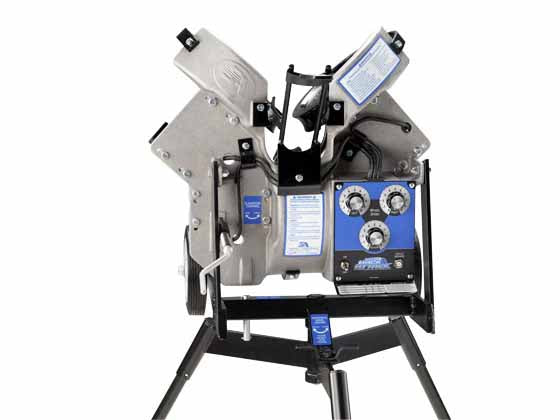
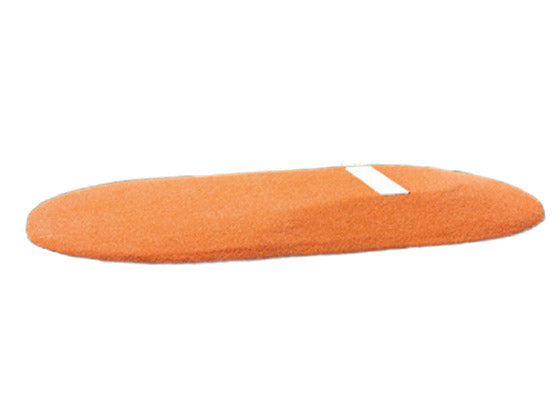
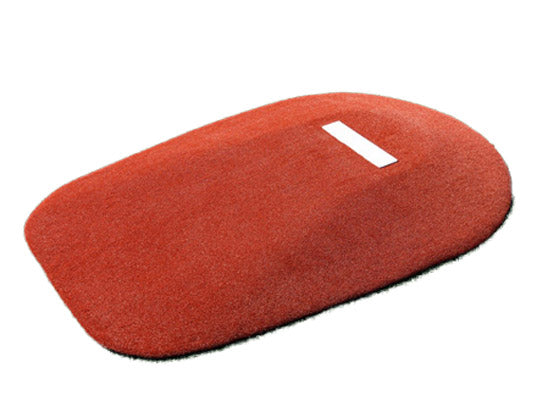
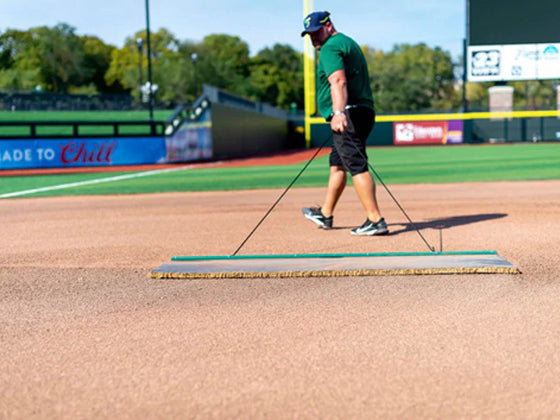

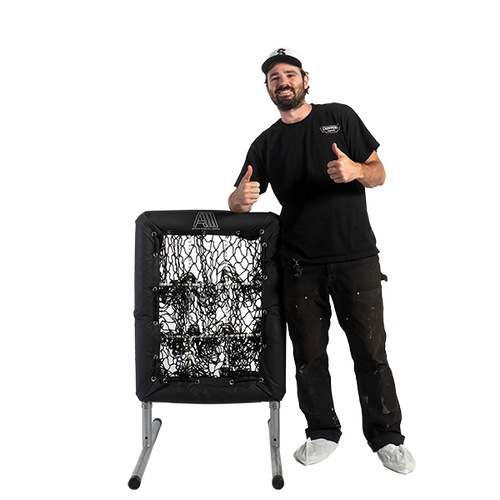
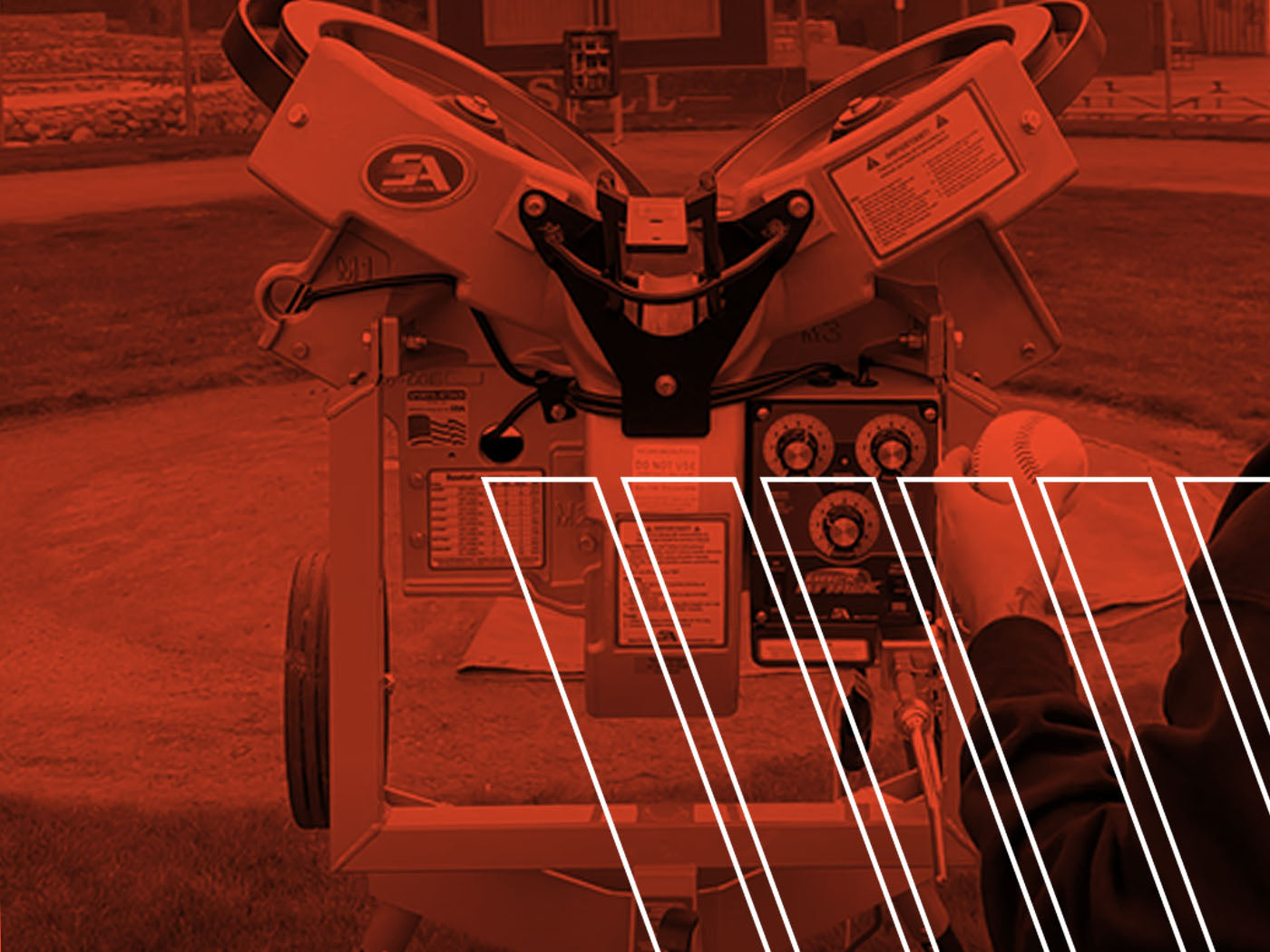


1 comment
Robert Fountain
I have a unique baseball pitching machine that incorporates early computer technology along with heavy duty motorcycle type chains and springs with the baseball being delivered by a life-size molded plastic baseball pitcher. He imitates the movements of a true baseball pitcher from raising his leg to throwing the pitch. Speed of pitch, type of pitch can all be controlled.. Pitcher can even be programmed to talk! About 6 1/2 ’ tall w/uniform , baseball glove, shoes, etc. I can find nothing online about this unique machine. Any info you could provide would be appreciated. Thank you! P.S. Machine is VERY HEAVY. W/IRON FRAME. TRULY UNIQUE!!
I have a unique baseball pitching machine that incorporates early computer technology along with heavy duty motorcycle type chains and springs with the baseball being delivered by a life-size molded plastic baseball pitcher. He imitates the movements of a true baseball pitcher from raising his leg to throwing the pitch. Speed of pitch, type of pitch can all be controlled.. Pitcher can even be programmed to talk! About 6 1/2 ’ tall w/uniform , baseball glove, shoes, etc. I can find nothing online about this unique machine. Any info you could provide would be appreciated. Thank you! P.S. Machine is VERY HEAVY. W/IRON FRAME. TRULY UNIQUE!!